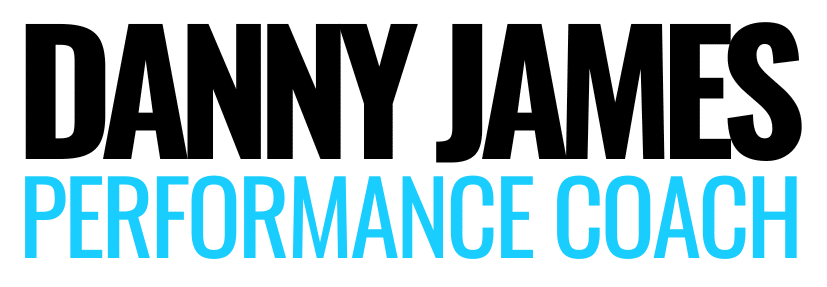Should we train to failure, or is it better to leave a couple of reps in the tank? We know we should be training hard, but what’s hard enough or too much?
What Is Failure?
Failure is defined as that point when another concentric muscular effort is no longer possible. Or, when with a loaded gun to your head, you couldn’t possibly do another rep of an exercise to save your life.
So far the research has consistently favoured NOT training to failure or training to a relative intensity. However, much of the research to date has been conducted on untrained subjects. Who, unsurprisingly don’t need to train anywhere near failure to make progress.
What would the results be for highly trained subjects, who typically need a higher premium on load and fatigue management?
To add a little clarity to the conversation a group of titans of both science and application got together and belted out this two-parter for us to enjoy.
Mike Stone is a veritable don in the performance field and Brad DeWeese has numerous Olympic, World Cup and World Champions to his resume. An impressive group of operators to say the least.
So, should we train to failure?
Both studies looked intensely at muscle and performance outcomes from repetition maximum training compared to using a relative intensity in well-trained lifters.
Can you guess what the outcomes were?
In almost all measures the relative intensity group outperformed the failure group.
They showed greater improvements in muscle size, fibre size, maximal strength, and rate of force development.
Specifically, there was only a small between-group effect size for strength performance.
For all other conditions, there was a moderate to large between-group effect size in favour of non-failure training.
Conclusion
Overall, the studies concluded that for well-trained males, training to a relative intensity produced better outcomes compared to training to failure. Researchers suggest increased fatigue, delayed recovery and reported higher training strain associated with training to a repetition maximum as the likely reason for the results.
In short, when it comes to training to failure, the research is beginning to pick up on what many seasoned lifters have always known. That unless you’re near the end of a peaking block, training to complete failure is unnecessary. It carries with it a higher risk of injury and no juice for all that extra squeeze.
References
Divergent Performance Outcomes Following Resistance Training Using Repetition Maximums or Relative Intensity. Carroll, et al. 2018 Skeletal Muscle Fiber Adaptations Following Resistance Training Using Repetition Maximums or Relative Intensity. Carroll, et al. 2019








[…] without failure on trained participants. The aim of this study was to explore the effects of a training program taken to muscle failure on strength and perception of […]
[…] findings have been consistent across previous research however, what we should add is that this effect is specific to the load and rep ranges […]
[…] Should We Train To Failure? […]